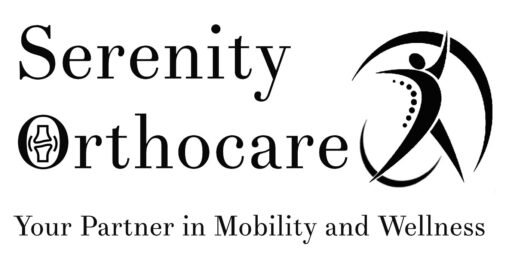Trauma Management

Advancements in the prevention of automobile fatalities have led to an increase in pelvic and lower extremity injuries, which remain leading causes of impairment and loss of productive life. Severe pelvic trauma has a high initial mortality rate, but early resuscitation and transport have resulted in more survivors arriving at trauma centers. Early stabilization and mobilization of traumatized patients have decreased complications, and continuous communication between trauma surgeons and orthopedic trauma surgeons is crucial during treatment.
Open fractures present significant management challenges; early, aggressive decisions can prevent lifelong complications and physical impairment. Effective treatment begins at the accident scene, followed by timely transport to a trauma center within the critical six-hour window to prevent major complications. Intra-articular fractures of the lower extremity involve major weight-bearing joints, where joint congruity is essential to prevent post-traumatic arthritis and impairment. Achieving articular congruity, stable fixation, axial alignment, and restoring a full range of motion is vital for preserving normal function. Immediate stabilization of long bone fractures, particularly femoral shaft fractures, within 24 hours is crucial in multiply injured patients to improve long-term function and prevent complications such as deep venous thrombosis, decubitus ulcers, and adult respiratory distress syndrome.
Bone fractures, characterized by the loss of bone continuity, can result from stress, trauma, or medical conditions like osteoporosis, bone cancer, and osteogenesis imperfecta. Treatment involves realigning the bone to connect the ends properly, using internal and external splints. Orthopedic care is essential for trusted bone fracture treatment, beginning with a thorough examination of all reports to determine the severity of the problem. Our highly competent team of doctors provides treatment with utmost precision, adhering to international clinical standards to ensure optimal outcomes.
Combining expertise in trauma management and orthopedic care, our approach ensures that patients receive comprehensive and timely treatment, significantly improving their chances of recovery and minimizing long-term impairment.
